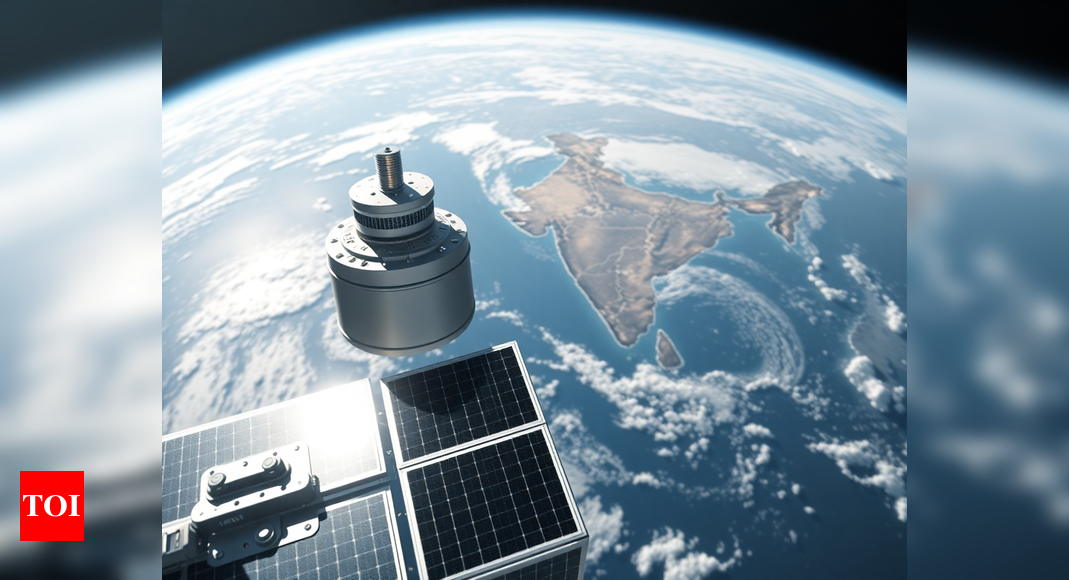BENGALURU: Three private companies with offices in three southern Indian states have been shortlisted to collectively produce 31 satellites as part of the space surveillance (SBS) for India’s strategic needs to be used by national security agencies.
This is the first time that private industry will develop satellites for strategic needs and, while contracts for them are expected to be signed any day now, they are unlikely to be made public immediately given the nature of the project.
The third phase of the SBS program (previous avatars have seen satellites from the Cartosat and Risat families) will further enhance India’s space surveillance capabilities and will see a total of 52 satellites both in geostationary orbit (GEO) and in orbit. low earth (LEO).
Twenty-one of these satellites will be developed by Isro and the other 31 will come from the private sector. Altogether, the project will cost approximately Rs 26,000-27,000 crore; This figure is expected to be revised.
Multiple sources confirmed to TOI that the government has shortlisted three companies (their names are being withheld at this time given the sensitive nature of the programme), one of which produces 15 and the other two produce eight satellites each.
The companies are expected to complete the fourth year from the year of signing the contract according to initial plans. “The agency involved in the pre-selection of the three firms has made progress in the process. But given that the country’s highest security and defense authorities are directly involved in the project, they are not expected to reveal too many details at this time,” said one of the sources.
The latest version marks a substantial improvement over its predecessors, incorporating artificial intelligence to enable unprecedented satellite interaction and intelligence gathering.
A key innovation of SBS-3 will be its integrated network of satellites located in both LEO and GEO. This dual-layer system will enable dynamic cooperation between satellites, with GEO satellites at 36,000 km capable of detecting activities and direct LEO satellites at 400-600 km to provide detailed observations.
The program is expected to allocate dedicated satellites to support land, sea and air missions across India’s military services, enhancing the nation’s defense capabilities. Once implemented, this will place India among the leading space-capable nations like the United States, Russia and China in advanced space surveillance capabilities. Although the gap will remain large.
The program is designed to contribute to various critical functions beyond military applications, including environmental monitoring, disaster response and scientific research, something that Earth observation satellites can offer.





